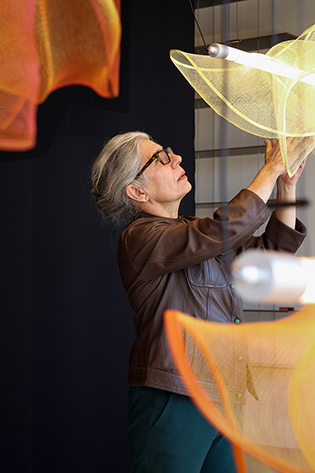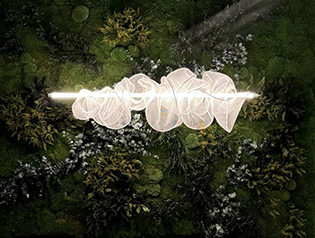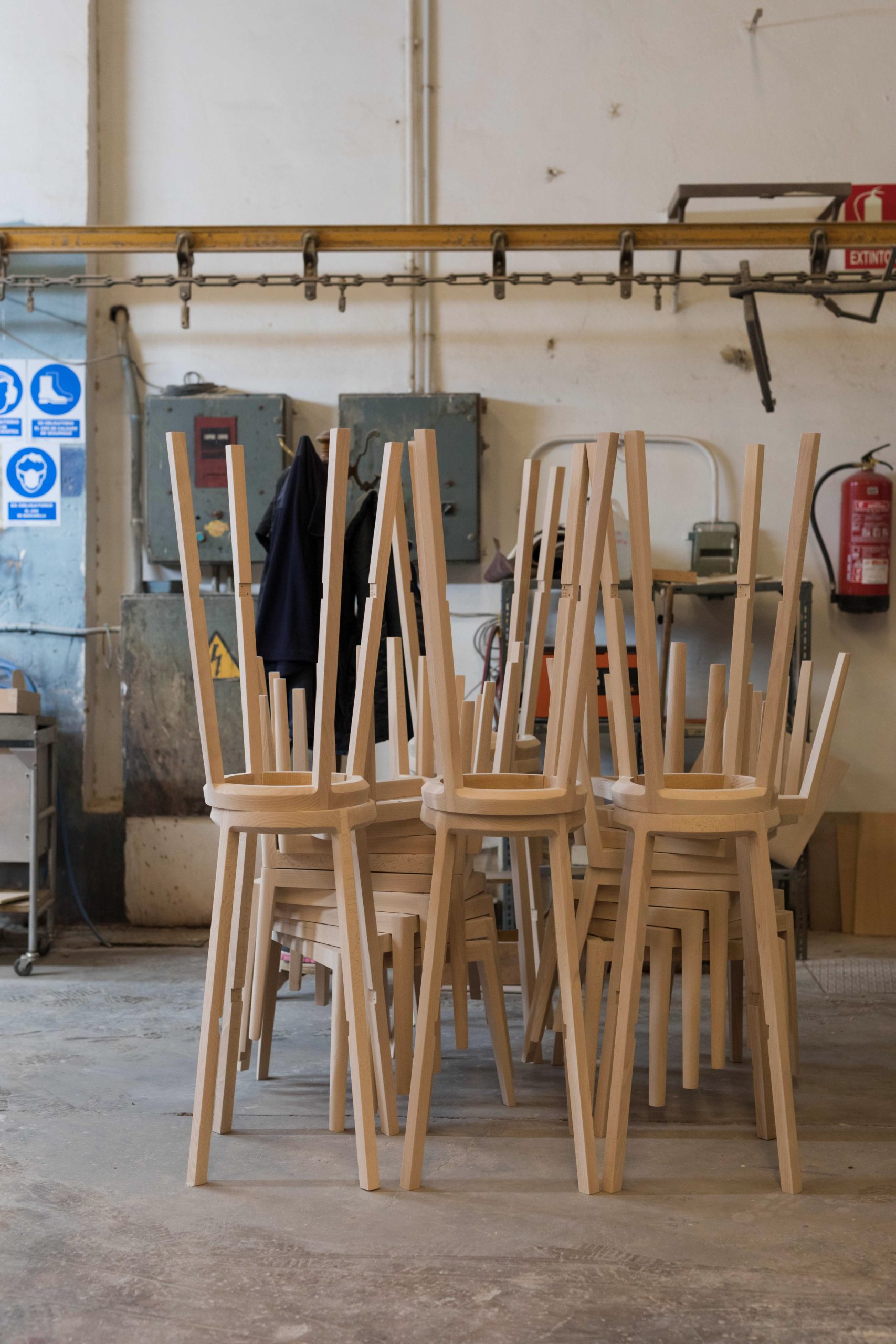In the wake of the Spanish Civil War (1936–1939), Spain spent many decades shut off from the world. While Germany and Italy witnessed huge growth in their respective industrial and manufacturing capabilities (post WWII), it was not until the 1970s and 1980s that Spain began to make its mark in areas such as product, industrial, and furniture design. Unlike their contemporaries in other countries, Spanish designers were and are less likely to talk boastfully about their achievements: and they are numerous. If we consider inventions, Spain is responsible for originating a great many inventions that have enjoyed success across the world. Yet a lot of people will be unaware that certain designs and innovations were invented in Spain.
In an effort to highlight Spain’s inventive prowess, French carmaker Citroën launched the virtual ‘Museo del Confort’ (Museum of Comfort)—the new Citroën C4 was designed in Spain, hence the connection. The Spanish architect Juli Capella curated the virtual museum, in collaboration with Marisa Santamaría, a trend analyst and director of the RED association of Spanish design companies.

Images clockwise from top left: submarine (photo by Sandro Tothill); Foosball (photo source); gyrocopter (photo source); spacesuit (photo source).
The objects invented in Spain are undeniably eclectic. They include: the submarine Ictíneo I, constructed in Barcelona by engineer Narcís Monturiol in 1858–1859; Foosball (table football), invented by Alejandro Campos Ramírez in 1937; the gyrocopter, a forerunner of the modern helicopter, invented by Juan de la Cierva in 1923; and Emilio Herrera’s stratospheric hot-air balloon suit, invented in 1935, and a precursor to NASA’s spacesuit.
At LZF, we have selected six of our favourite Spanish inventions.
Spanish guitar (circa 1850)
While the classical guitar was developed in Spain between the 13th and 18th centuries—as an evolution of the old vihuela (a Spanish stringed musical instrument)—it was Antonio Torres Jurado, a Spanish guitarist and luthier, who designed the guitar shape we are familiar with today. His guitar, known as the Spanish guitar, flamenco guitar, or acoustic guitar, became a blueprint for all modern acoustic guitars.

Acoustic guitar. Photo by Annie Spratt on Unsplash.
Fortuny floor lamp (1907)
Mariano Fortuny, born in 1871 in Granda, Spain, is described as the ‘Twentieth Century Leonardo Da Vinci’. An artist with boundless talent, Fortuny’s industrious creativity made him ‘a prolific painter, engraver, bookbinder, sculptor, photographer, architect, and inventor.’ His 1907 floor lamp was designed to revolutionise theatrical lighting. The large, circular–conical lampshade sits on top of an adjustable tripod base: with its capacity to tilt and swivel 360 degrees, the lamp’s indirect and diffused light was perfect for the stage. A timeless, contemporary design icon, the Fortuny floor lamp is now available in a variety of hues and finishes. (Note to reader: the floor lamp was designed by Mariano Fortuny in Venice—while not invented in Spain, the inventor was Spanish, and we felt it could be included.)

Fortuny floor lamp with a bronze shade. Photo © Pallucco Sas.
La fregona—the mop (1956)
The mop (la fregona) was invented by Manuel Jalón Corominas in 1956. Until that time, people would usually have to scrub the floor on their hands and knees. To combat this inconvenience, Jalón assembled a simple handle with a cleaning cloth: the cloth was squeezed through rollers in a bucket of water, by means of a pedal. To improve his design, making it more commercially viable, Jalón later swapped the rollers and pedal for a funnel with holes, resulting in the universal mop and bucket we know today.

Manuel Jalón’s original mop and bucket. Photo credit: Independent.
Chupa Chups (1959)
Enric Bernat—the lollipop magnate—invented Chupa Chups in 1959 (in Spanish, chupar means ‘suck’, and Chupa Chups is more or less translated as ‘sucky sucks’). Seeing children eating sweets with sticky hands and getting into trouble with their parents, Bernat hit upon a novel idea: to fix the sweet on a small stick. In 1969, the surrealist Spanish painter Salvador Dalí (a friend of Bernat), sketched the now famous Chupa Chups logo, insisting it should appear on top of the wrapper.

Salvador Dalí and the Chupa Chups logo. Image via Dieline.
The lollipop was first launched with seven flavours, including strawberry, orange, lemon, and mint. Today, there are more than one hundred flavours, sold in over 150 countries.

Chupa Chups. Image via Logo Design Love.
Minipimer hand blender (1959)
A practical kitchen essential for many households, the Minipimer hand blender was invented in Spain in 1959 by industrial designer Gabriel Lluelles, for Spanish company Pimer. Pimer later merged with German manufacturer Braun, who continue to sell the appliance today (albeit a rather souped-up version).

Minipimer MR1 hand blender. Image © Acción Cultural Española (AC/E).
Marquina oil cruet (1961)
Designed by Rafael Marquina in 1961, the Marquina oil cruet is both an effortless and elegant everyday design classic. With its hourglass profile and curved spout, made entirely from glass, the smart, non-drip oil dispenser overcomes the inconvenience of oil dripping down the side of the bottle.

Rafael Marquina and his oil cruet. Photo © Joan Puig.
A practical and intuitive design, Rafael Marquina’s cruet spawned many copies. Today, the designer Nani Marquina, Rafael’s daughter, is the editor of the oil cruet, and guarantees its authenticity.

Marquina oil cruet. Photo © nanimarquina.
Sources
10 Spanish Inventions You Can’t Live Without.
The Museum of Comfort: a celebration of Spanish inventions the world couldn’t live without.













